OUR HAZELNUTS
What's a hazelnut? Hazelnuts origins & history at a glance
Hazelnutsat a glance
The scientific name of the world's most commonly cultivated hazelnut species is Corylus avellana. The name Corylus comes from the Greek ‘korys’ (helmet), a reference to the calyx covering the nut. When it comes to the history of hazelnuts, Avellana references the ancient city of Abella (currently the city of Avella in Campania, Italy). One of the earliest mentions of hazelnuts has been found in a Chinese manuscript dating to 5,000 years BC. Hazelnuts played an important role in ancient Roman culture and in his poem about agriculture, "Georgics", the classical poet Virgil mentions the particular expertise needed in growing hazelnuts.
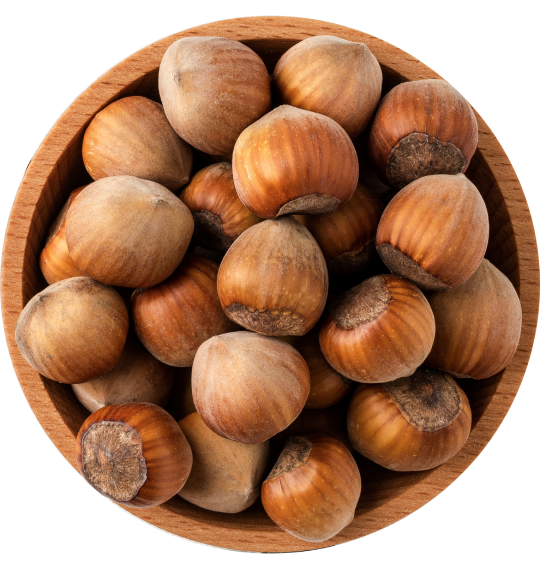
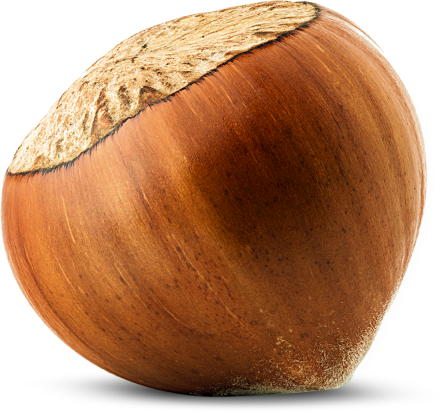
Available in many forms from raw, roasted or ground into a paste. As well as having a rich, premium and distinctive taste, they also have a positive nutritional role thanks to their antioxidants and micronutrients.
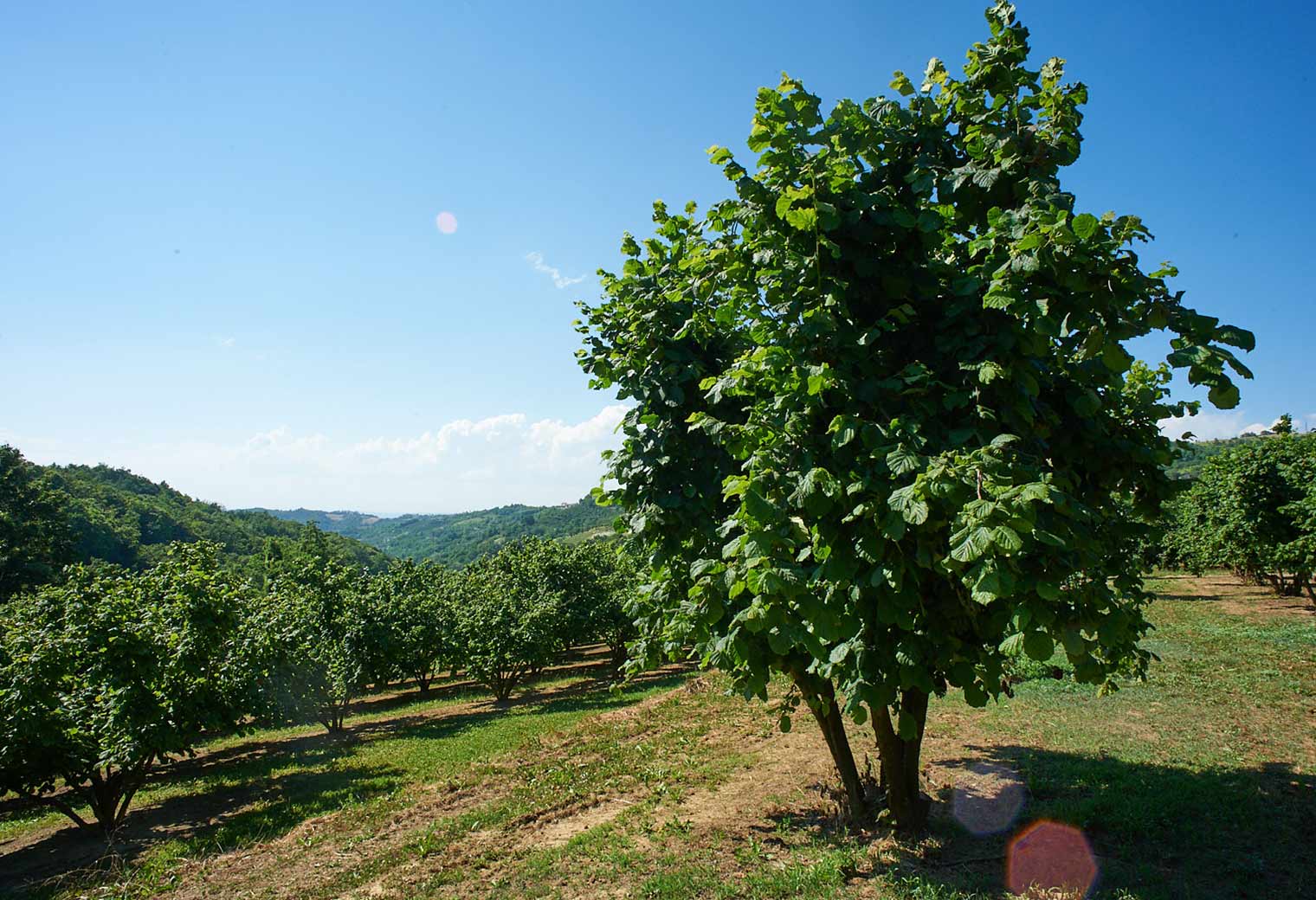
Hazelnut trees can take up to six to eight years to mature, but they can live for a very long time. The hazelnut tree is perennial (producing a crop each year without being replanted), with a height of 2-6 metres. The life cycle of this bushy plant goes through several stages before it becomes the nut that goes into many Ferrero products. Each plant produces female flowers, which are red and feathery; and long, yellow male flowers.
During winter, the wind carries the pollen from the male to female flowers, however, as hazelnut trees cannot pollinate themselves, orchards are typically laid out so the trees can pollinate each other. After pollination, the hazelnuts start to form and are ready for harvest in the late summer and early autumn. As a perennial crop the hazelnut tree has a permanent root structure. This means that in comparison with a crop which completes its whole life cycle in a single growing season (annual crop) it is more efficient in preventing soil erosion and limiting excessive water runoff. The root systems of perennial crops preserve soil humidity throughout the year.
Scientific studies have also shown that hazelnut orchards have a favourable potential for carbon sequestration, which means that they capture carbon dioxide from the atmosphere through photosynthesis and other biological processes. Carbon sequestration is common in all tree species, including fruit trees. Among fruit trees, hazelnuts are particularly beneficial from a carbon sequestration perspective due to the long growing cycle of an average orchard.
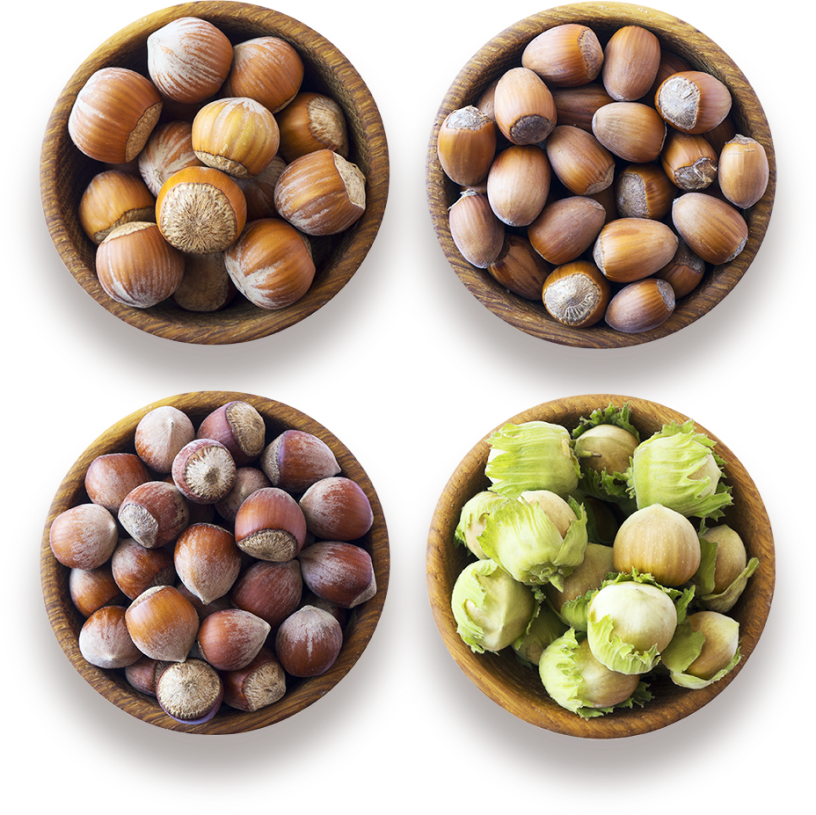
Different hazelnut varieties are suitable for different growing regions and they also have different organoleptic profiles.
There are more than 300 hazelnut varieties, and each is distinctive. For example, elongated types can be used in hazelnut pastes and rounded types are better for pralines. When blended with chocolate, the hazelnut accentuates the taste experience whilst still retaining its particular characteristics.
Where our hazelnuts come from
Our hazelnuts come from different parts of the world, the main origins are Turkey, Italy, Chile and the USA.
As part of our commitment to ensure a high-quality and fresh supply of hazelnuts throughout the year, we are involved in hazelnut cultivation in both the northern and southern hemispheres.
Turkey is an important sourcing country as it is the world’s largest producer of hazelnuts with approximately 740,000 hectares of hazelnut orchards, found mainly in the Black Sea region. Through our Ferrero Farming Values (FFV) Turkey programme, together with partners and through collective engagement, we are working with farmers and local communities in all our hazelnut sourcing areas in Turkey.
Our expertise and tradition with this fruit also goes back to our roots in Italy, as hazelnuts are also grown in the Piedmont region - where Ferrero was founded - as well as in the regions of Lazio, Campania and Sicily. Through our Agribusiness Development programme in Italy, we are partnering with experts, research institutes and universities across Italy to continually improve the sustainable development of the hazelnut sector.
The northern hemisphere harvest takes place between the beginning of August and the end of September.

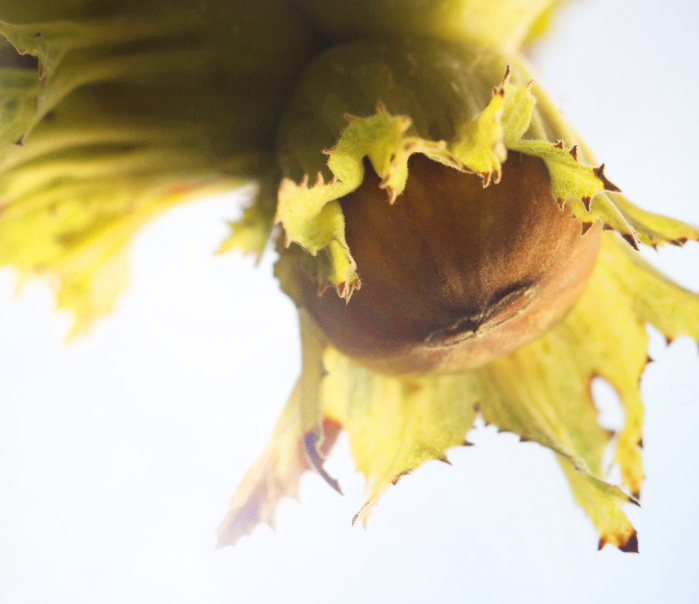
To ensure year-round availability of quality and fresh hazelnuts,
cultivation also takes place in the southern hemisphere, providing an additional harvest from February to May. As part of this approach, we have established our own Agrifarms in countries such as Chile where traditionally hazelnut cultivation has not been significant. In fact, we have more than 30 years of history in Chile where our farms are certified under the Sustainably Grown standard. This means we have built knowledge and insight that we share with Chilean farmers through Agribusiness Development programme in Chile, as well as applying this to our projects in other countries.
We also source hazelnuts from Oregon in the USA. Oregon has a long and well-established tradition and expertise in hazelnut cultivation. Hazelnut cultivation in Oregon is fully mechanised and it is concentrated in the Willamette Valley in the north western part of the state, near the Pacific Ocean. Through our Agri Competence Centre (ACC), we are partnering with local universities to continually advance research in areas such as sustainable orchard management.
Want to learn more?
HAZELNUT QUALITY
We are dedicated to ensuring that our hazelnuts are high-quality and responsibly sourced.

